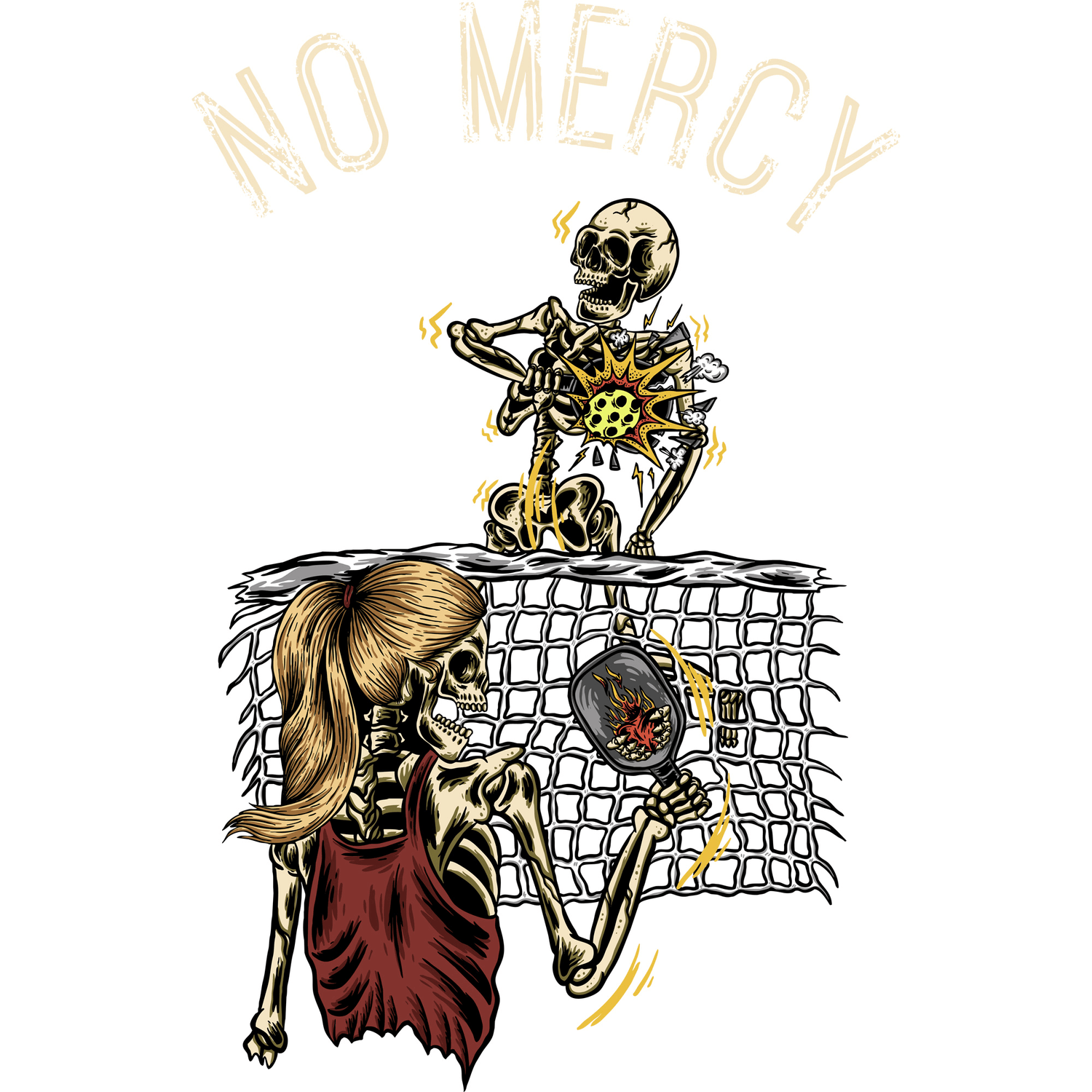Often overlooked in favor of more common landscape choices, Arbutus Unedo trees are ecological powerhouses that play a vital role in supporting local biodiversity. Commonly known as the Strawberry Tree, this charming evergreen is more than just a pretty face with quirky, edible fruits; it's a bustling hub of activity for wildlife and a generous contributor to the health of its surrounding ecosystem.
If you're looking for a plant that works hard for your garden and the environment, the Strawberry Tree is a fantastic choice. It offers year-round interest, from its beautiful, shredding bark and glossy leaves to its unique ability to flower and fruit at the same time. This guide will explore the many ways Arbutus Unedo trees enhance local biodiversity, making them a superb addition to any eco-conscious garden or landscape.
What is an Arbutus Unedo Tree?
Before we unpack its ecological benefits, let's get properly introduced. The Strawberry Tree is a broadleaf evergreen native to the Mediterranean region and Western Europe. It's famous for its round, bumpy fruit that ripens from yellow to a brilliant red, resembling a small strawberry—hence the name. While the fruit is edible, its texture is somewhat mealy, and it's often used to make jams, jellies, and liqueurs.
But the real magic of Arbutus Unedo trees lies in their unique life cycle and generous offerings. They are one of the few plants that produce flowers and mature fruit simultaneously in the autumn, creating a critical food source for wildlife when other options are becoming scarce.
A Four-Season Buffet for Pollinators and Wildlife
One of the most significant contributions of the Strawberry Tree is its role as a year-round provider for local fauna. It's a one-stop shop for food and shelter, supporting a diverse range of creatures throughout the seasons.
1. A Critical Late-Season Pollen Source
In the fall, as most other plants are winding down for the winter, Arbutus Unedo trees burst into life with clusters of delicate, bell-shaped, white-to-pinkish flowers. These blossoms provide a crucial late-season source of nectar and pollen for pollinators when few other food sources are available.
Bees, especially honeybees and bumblebees, flock to these flowers to stock up on food reserves before the cold weather sets in. This late-season foraging opportunity is vital for the survival of many bee colonies. By planting a Strawberry Tree, you are directly supporting the health of local pollinator populations, which are essential for the broader ecosystem and our food supply.
2. A Feast of Fruits for Birds and Mammals
The tree's most conspicuous feature—its strawberry-like fruit—ripens in the autumn and winter, precisely when food becomes scarce for many animals. These fruits are a high-energy treat for a variety of wildlife.
- Birds: Songbirds such as robins, thrushes, and cedar waxwings relish the fruits. The staggered ripening ensures a food supply that can last for several weeks, helping these birds survive the colder months.
- Mammals: Ground-dwelling mammals, from squirrels and chipmunks to foxes and raccoons, are also known to snack on the fallen fruit. In its native range, it’s a favorite of larger mammals as well.
This reliable winter food source makes Arbutus Unedo trees a cornerstone species for supporting a healthy and diverse animal population in your local area.
Providing Shelter and Habitat
Beyond food, the Strawberry Tree’s dense, evergreen canopy offers excellent shelter and habitat for wildlife year-round.
3. A Safe Haven from Predators and Weather
The thick, leathery leaves and intricate branching structure provide a safe and protected space for birds to rest and nest. In the winter, the evergreen foliage offers crucial cover from harsh winds, snow, and rain, creating a microclimate that helps smaller animals conserve energy and survive the cold. During the hot summer months, the dense shade provides a cool refuge from the heat. This reliable, year-round shelter makes it an invaluable asset for urban and suburban wildlife.
4. Unique Bark and Structure for Insects
The tree's distinctive reddish-brown bark has a tendency to peel and shred, creating small crevices and pockets. These nooks and crannies become ideal hiding spots and overwintering sites for beneficial insects, spiders, and other invertebrates. These small creatures form the base of the food web, so providing them with habitat is another way that Arbutus Unedo trees bolster the entire ecosystem.
Enhancing Soil Health and Stability
The benefits of the Strawberry Tree extend below the ground as well. Like many native and well-adapted plants, it plays a role in improving soil health and structure.
Its extensive root system helps to stabilize the soil, preventing erosion on slopes and in areas with loose ground. As the tree sheds its leaves and bark, the organic matter decomposes, enriching the soil with essential nutrients. This natural process helps to build healthy, living soil that can support a wider variety of understory plants and microorganisms, further increasing the biodiversity of the area. The tree is also quite adaptable, capable of thriving in a range of soil types, including poor or acidic soils where other plants might struggle.
A Resilient and Low-Maintenance Choice for Gardeners
For the eco-conscious gardener, the Strawberry Tree is not only beneficial for wildlife but also for the person planting it. It is remarkably resilient, drought-tolerant once established, and generally resistant to pests and diseases. This means you can create a beautiful, wildlife-friendly garden without relying on chemical pesticides or excessive watering, further reducing your environmental footprint.
Its tolerance for urban conditions, including pollution and compacted soil, makes it an excellent choice for city gardens where creating pockets of biodiversity is especially important.
Grow Your Own Biodiverse Garden with Quality Seeds
Planting trees like the Arbutus Unedo is a powerful way to make a positive impact on your local environment. Creating a garden that is rich in diversity starts with high-quality seeds and plants.
If you are inspired to cultivate a garden that buzzes with life, explore the wide selection of seeds available from RND. They offer a diverse collection of seeds for flowers, herbs, and vegetables, providing everything you need to start your own gardening adventure. Whether you aim to attract pollinators with vibrant flowers or grow your own food, starting with premium seeds is the first step toward a thriving and productive garden.
Ready to plant the seeds of a more diverse ecosystem? Check out the full seed collection at https://www.rndaccessories.com/collections/seeds.






